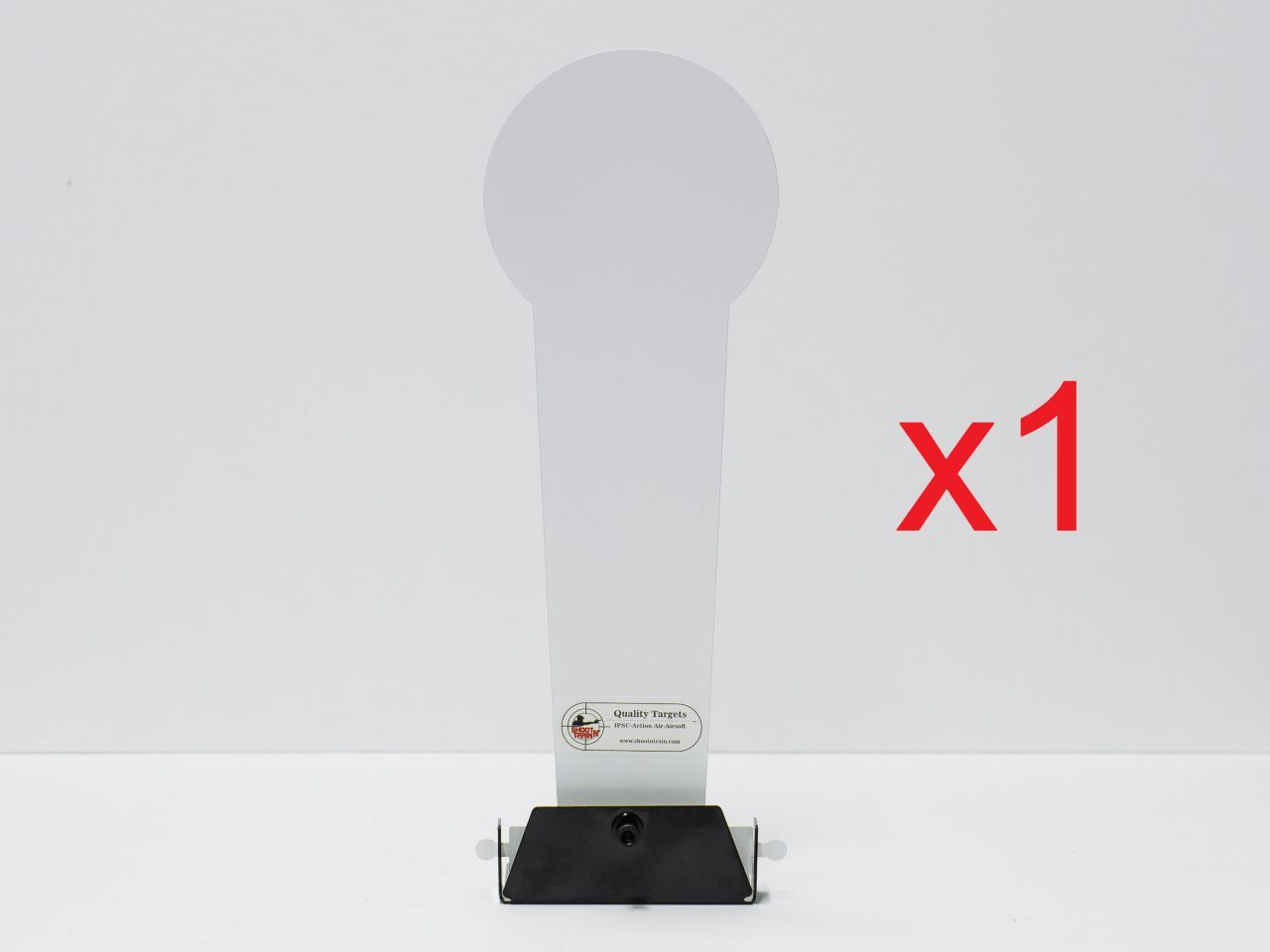Introduction
In the world of IPSC (Worldwide Practical Shooting Confederation) Action Air, targets play a crucial role in producing an interesting and tough shooting experience. The Science Behind Efficient IPSC Action Air Targets is a subject that looks into the intricacies of target style and how it impacts the general performance of shooters in IPSC competitors. This short article intends to provide a thorough understanding of the science behind producing effective IPSC Action Air targets, from the materials utilized to the style features that boost shooter skills. Let's dive deep into this interesting subject and discover the secrets behind these targets.
The Importance of IPSC Targets
IPSC competitions are understood for their dynamic and busy nature, requiring shooters to demonstrate accuracy, speed, and precision. The targets utilized in these competitors work as the main point of focus for shooters, testing their capability to hit particular locations within a limited amount of time. Therefore, creating targets that accurately simulate real-life situations while offering immediate feedback to shooters is paramount.

Materials Used for IPSC Targets
Steel: The Traditional Choice
One of the most typically utilized materials for IPSC targets is steel. Steel provides excellent durability, permitting targets to hold up against thousands of rounds without substantial damage. Its firmness guarantees that bullets do not permeate or trigger extreme damage to the target surface area, making it perfect for high-intensity shooting sessions.
Paper: A Versatile Option
Paper targets have been a staple in shooting ranges for decades. They provide flexibility in terms of styles and scoring zones. Paper targets are light-weight, easily exchangeable, and economical. Nevertheless, they lack the toughness of steel targets and might need regular replacements if utilized extensively.
Polymer: Combining Durability and Flexibility
Polymer targets are acquiring popularity due to their special mix of resilience and versatility. These targets are made from high-density polymer compounds that can manage repetitive hits without considerable damage. Polymer targets offer the advantage of being lightweight and portable while still providing a sensible shooting experience.
Design Functions for Reliable IPSC Action Air Targets
Reactive Targets: Enhancing Shooter Feedback
Reactive targets are developed to supply immediate feedback to shooters. When hit, they produce noticeable and audible indicators such as falling plates or reactive swinging paddles. These functions help shooters examine their accuracy and speed, allowing for immediate changes in method. Reactive targets are necessary for IPSC competitors as they mimic real-life circumstances where quick decision-making is crucial.
Scoring Zones: Accuracy Training Tools
IPSC targets often feature scoring zones that challenge shooters to strike specific locations with precision. These zones differ in size and shape, supplying various levels of trouble. By concentrating on striking smaller scoring zones, shooters can improve their accuracy and control over their shots. Additionally, scoring zones allow for fair and objective examination throughout competitions, making sure that skill and precision are rewarded.
Target Movement: Dynamic Shooting Experience
Static targets can become predictable over time, lessening the challenge for experienced shooters. To address this, IPSC targets integrate motion systems that replicate real-life circumstances. Targets can swing, turn, or move unpredictably, requiring shooters to adapt rapidly and make split-second choices. This dynamic shooting experience improves shooter abilities by simulating the pressure and unpredictability present in real-world situations.
Target Positioning: Developing Realistic Scenarios
Strategic target placement plays an important role in developing realistic situations for IPSC competitions. Targets might be placed at various distances, angles, and heights to mimic different shooting environments. By doing so, shooters should browse through complex stages that need them to adjust their shooting techniques accordingly. This reasonable setup ensures that rivals are well-prepared high quality ipsc paper targets for real-life scenarios where versatility is paramount.
FAQs About IPSC Action Air Targets
Q: What makes IPSC Action Air targets different from regular shooting variety targets?- A: IPSC Action Air targets are specifically created to imitate real-life situations, integrating movement, scoring zones, and reactive features that challenge shooters' accuracy and speed.
- A: Yes, IPSC Action Air targets deal with both newbies and knowledgeable shooters. The variety of target styles and trouble levels allow shooters to advance at their own rate while constantly improving their skills.
- A: Reactive targets supply immediate visual or auditory feedback when hit. This allows shooters to examine their precision and speed in real-time, allowing them to make adjustments and improve their performance.
- A: Absolutely! IPSC Action Air targets are developed to stand up to outdoor conditions. Steel targets are particularly popular due to their toughness and resistance to environmental aspects such as rain or sunlight.
- A: Yes, IPSC competitors have rigorous rules concerning target placement. These guidelines guarantee a fair and consistent experience for all competitors while mimicing realistic shooting scenarios.
- A: IPSC Action Air targets integrate numerous style functions that challenge shooters' accuracy, speed, flexibility, and decision-making abilities. Routine practice with these targets allows shooters to establish a well-rounded skill set required for real-world shooting situations.
Conclusion
The Science Behind Reliable IPSC Action Air Targets includes a variety of elements that add to the total shooting experience in IPSC competitors. From the products utilized to the design includes included, every aspect is carefully crafted to improve shooter abilities and replicate real-life situations. By understanding the science behind these targets, shooters can make educated options concerning their IPSC equipment and devices. Whether it's steel, paper, or polymer targets, the goal stays the very same-- to supply an appealing and difficult shooting experience that promotes ability advancement and competition in the world of IPSC Action Air.